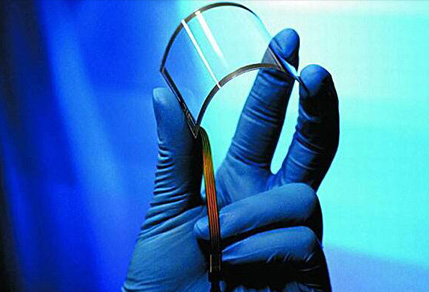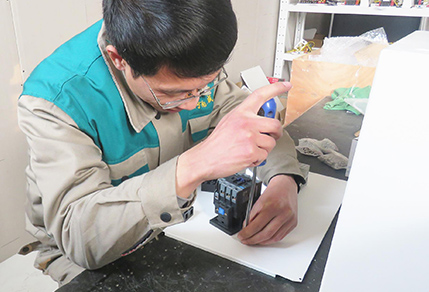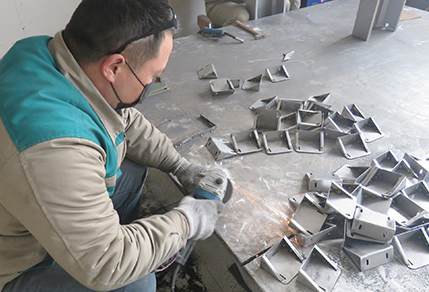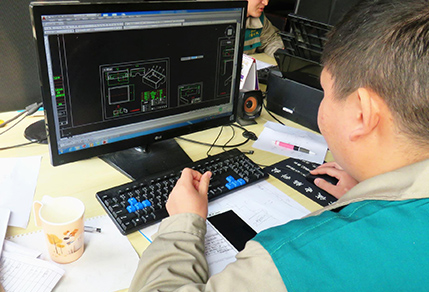Introduction
Both H 2 O and O 2 in the atmosphere can degrade the device performance of next generation organic devices such as organic light emitting diodes (OLEDs), organic thin film transistors (OTFTs), etc. [1,2]. In the case of OLEDs, H 2 O and O 2 can oxidize metallic electrodes and reduce the electron injection in the OLED structure, thereby, drastically decrease their performance. For OTFTs, H 2 O attacks to the boundaries and captures charges generated in the channel leading to thedecrease of on-currentandfield effect mobility[3–5]. Therefore, to increase the lifetime of those organic devices, a protection of the devices from the permeation of oxidizing species such as H 2 O and O 2 is required and one of the methods is the multilayer thin film diffusion barrier deposited on the devices



